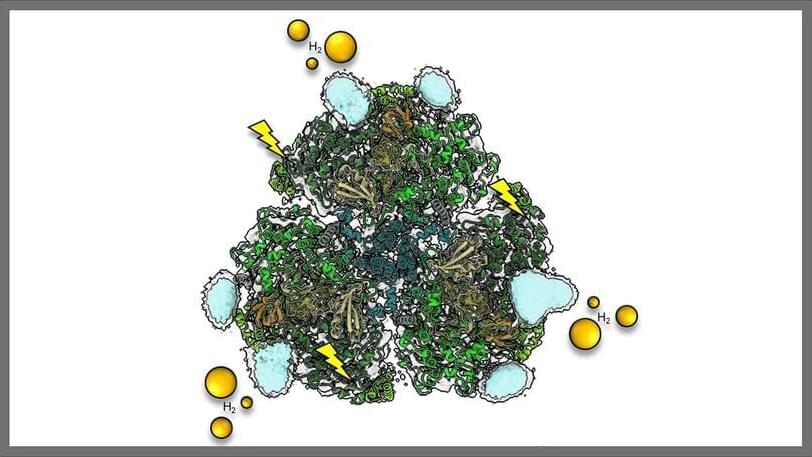Scientists from the Kavli Institute of Delft University of Technology and the IMP Vienna Biocenter have discovered a new property of the molecular motors that shape our chromosomes. While six years ago they found that these so-called SMC motor proteins make long loops in our DNA, they have now discovered that these motors also put significant twists into the loops that they form.
These findings help us better understand the structure and function of our chromosomes. They also provide insight into how disruption of twisted DNA looping can affect health—for instance, in developmental diseases like “cohesinopathies.” The scientists published their findings in Science Advances.
Imagine trying to fit two meters of rope into a space much smaller than the tip of a needle—that’s the challenge every cell in your body faces when packing its DNA into its tiny nucleus. To achieve this, nature employs ingenious strategies, like twisting the DNA into coils of coils, so-called “supercoils” and wrapping it around special proteins for compact storage.








